SOURCE: RAUNAK KUNDE / NEWS BEAT / IDRW.ORG


Bharat Earth Movers Limited (BEML), a leading Indian public sector undertaking under the Ministry of Defence, has launched a significant initiative to jointly develop a Wheeled Armoured Fighting Vehicle (WhAFV) and Anti-Tank Guided Missile (ATGM) under the Buy (Indian-Indigenously Designed, Developed, and Manufactured) category. This move, announced via an Expression of Interest (EoI) referenced as CTP&AM/EoI/SM/2025, aligns with India’s Atmanirbhar Bharat and Make in India initiatives, aiming to bolster the Indian Army’s capabilities with cutting-edge, domestically produced defense systems
The Indian Army’s modernization drive seeks to replace aging platforms and enhance mobility, firepower, and survivability in diverse operational environments. The Wheeled Armoured Fighting Vehicle (WhAFV) is envisioned as a highly mobile, 8×8 platform capable of operating across varied terrains, from deserts to high-altitude regions. Paired with an advanced ATGM system, the WhAFV will provide the Army with a versatile, lethal combination to counter armored threats and fortified positions, particularly in the context of tensions along the Line of Actual Control (LAC) with China and the Line of Control (LoC) with Pakistan.
Continue readingSOURCE: RAUNAK KUNDE / NEWS BEAT / IDRW.ORG
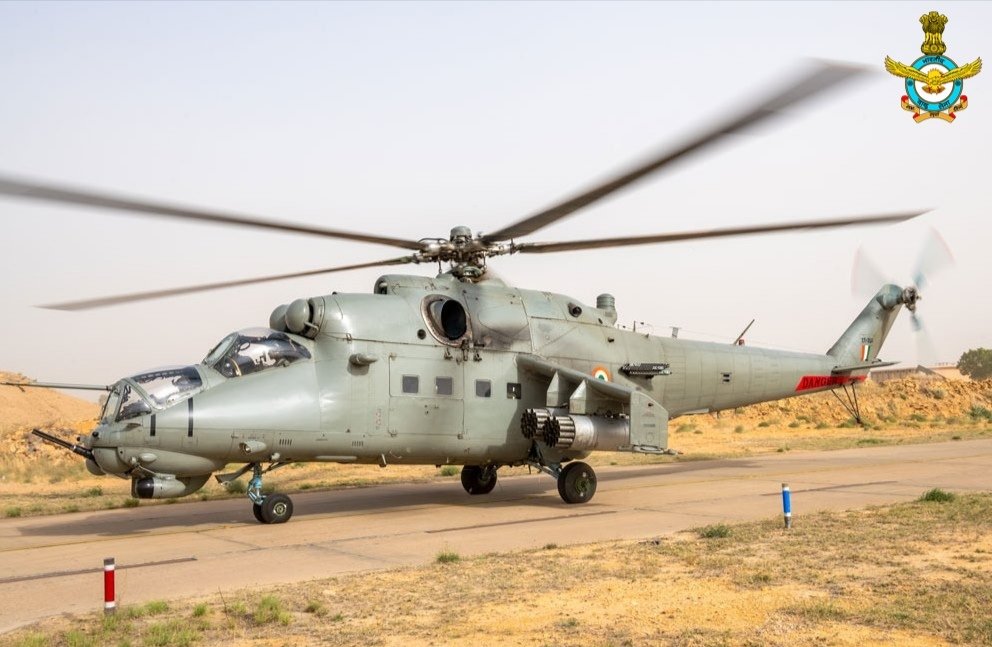

The Indian Air Force (IAF) is charting a new course for its attack helicopter fleet, with plans to retire its ageing Mi-35 Hind helicopters by the 2030s. Currently, the IAF operates a single squadron of these Soviet-era gunships, which are undergoing a comprehensive overhaul to extend their service life until the end of the decade.
Speaking to idrw.org, an IAF official confirmed that the Mi-35 will be replaced by the indigenously developed Light Combat Helicopter (LCH) Prachand, despite the two platforms belonging to different weight and capability classes.
Continue readingSOURCE: RAUNAK KUNDE / NEWS BEAT / IDRW.ORG


A high-level Indian delegation, led by Defence Secretary Shri Rajesh Kumar Singh and His Excellency Vikram Doraiswami, High Commissioner of India to the United Kingdom, visited the Rolls-Royce facility in Bristol as part of the ongoing India-UK defence industry engagement. Accompanied by senior officials from the Ministry of Defence and industry representatives, the delegation explored Rolls-Royce’s advanced capabilities in aero engines, marine propulsion systems, and niche technologies.
The visit has sparked speculation about potential collaboration on India’s ambitious Advanced Medium Combat Aircraft (AMCA) program, signaling a deepening strategic partnership between New Delhi and London.
Continue readingSOURCE: AFI


The Indian Army is transforming its border surveillance capabilities with the integration of Satellite Communication (SATCOM)-enabled Remotely Piloted Aircraft (RPA) systems, marking a significant leap in real-time monitoring and situational awareness along the nation’s frontiers. These advanced drones, equipped with cutting-edge technology, are enhancing the Army’s ability to secure India’s borders against infiltration, smuggling, and other threats.
According to defence sources, the SATCOM-enabled RPAs provide uninterrupted, long-range surveillance by leveraging satellite connectivity, overcoming the limitations of traditional line-of-sight communication systems. These drones are equipped with high-resolution electro-optical and infrared sensors, synthetic aperture radar, and advanced data-processing capabilities, enabling them to operate effectively in diverse terrains and weather conditions, including the rugged landscapes along India’s borders with Pakistan and China.
Continue readingSOURCE: AFI


A recent survey by The Takshashila Institution, published on April 18, 2025, reveals a striking preference among Indians for international technological collaborations over the government’s push for Atmanirbharta (self-reliance) in defence and critical technologies. Conducted amid debates over the Indian Air Force’s (IAF) fighter jet acquisition strategy and the development of the 5.5-generation Advanced Medium Combat Aircraft (AMCA), the survey highlights a public inclination toward partnerships with the United States and Israel, with 45.4% and 20.5% of respondents respectively favoring these nations as key allies.
However, the survey also underscores a troubling trend: Indian private sector companies often prioritize “screwdriver giri”—assembling imported kits—over investing in indigenous research and development (R&D). This preference risks undermining India’s long-term goal of self-reliance in defence, raising critical questions about the balance between collaboration and innovation.
Continue readingSOURCE: AFI

The Ministry of Home Affairs (MHA) is deploying advanced surveillance technologies, including human-detection radars and seismic sensors, to strengthen security along India’s border with Pakistan. This high-tech initiative aims to counter infiltration, smuggling, and tunnel-based threats, addressing vulnerabilities in one of the world’s most sensitive border regions.
According to MHA sources, the Comprehensive Integrated Border Management System (CIBMS) incorporates a network of cutting-edge tools such as human-detection radars, thermal imaging, high-resolution cameras, and seismic sensors designed to detect underground tunnels. These systems are complemented by micro-Doppler radars, which excel in obscured environments like fog, smoke, or walls, enhancing surveillance capabilities. Floodlighting, smart fencing, and watchtowers every 270 meters further fortify the border, with tech-enabled patrols monitoring riverine stretches.
Continue readingSOURCE: AFI

A delegation from the United States Military Academy (USMA), West Point, visited the Indian Military Academy (IMA) in Dehradun as part of a cadet exchange programme aimed at fostering mutual understanding and collaboration between the two prestigious institutions. The visit, which took place recently, highlighted the growing defence ties between India and the United States.
The USMA team, comprising cadets and faculty members, engaged in a series of activities during their stay at the IMA. The programme included interactive sessions, joint training exercises, and cultural exchanges designed to provide insights into the training methodologies, leadership development, and operational ethos of both academies. The visiting team was briefed on the IMA’s rigorous training regimen, which prepares officer cadets for leadership roles in the Indian Army.
Continue readingSOURCE: IDRW.ORG


In a landmark development for India’s defense industry, Vietnam is set to become the second Asian nation after the Philippines to acquire the BrahMos supersonic cruise missile, with a deal valued at approximately ?5,990 crore (around $700 million). This agreement, reported on April 17, 2025, underscores India’s growing prowess as a global exporter of advanced weaponry and strengthens its strategic partnership with Vietnam amid rising maritime tensions in the South China Sea. The BrahMos missile, a product of a joint venture between India’s Defence Research and Development Organisation (DRDO) and Russia’s NPO Mashinostroyeniya, is poised to enhance Vietnam’s defense capabilities while cementing India’s role in the Indo-Pacific security architecture.
The deal comes at a time of heightened geopolitical tensions, with China’s assertive actions in the South China Sea prompting Southeast Asian nations to bolster their defense capabilities. For India, the agreement aligns with its broader strategic objectives of stabilizing its northern borders with China while supporting a secure Indo-Pacific through partnerships like the Quad. The BrahMos export to Vietnam is a delicate yet purposive move, balancing India’s trade ties with Beijing and its commitment to regional security.
Continue readingSOURCE: IDRW.ORG
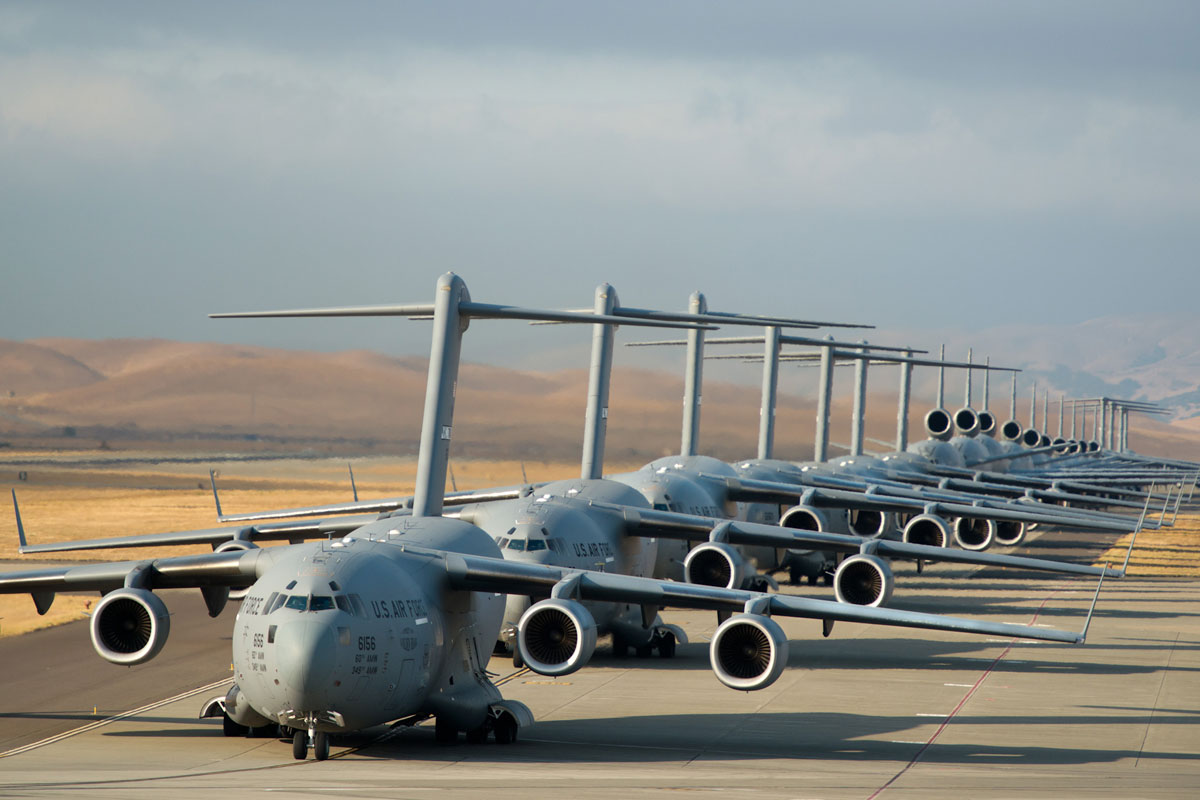

In a significant development for global military aviation, Japan has reportedly approached the United States Air Force (USAF) to explore the acquisition of Boeing’s C-17 Globemaster III strategic airlifters. This move comes on the heels of India’s renewed interest in procuring additional C-17s to bolster its airlift capabilities, signaling a broader trend among nations seeking reliable, high-capacity transport aircraft.
However, with Boeing having ceased C-17 production nearly a decade ago in 2015, both countries face challenges in securing these coveted platforms. Japan’s interest is particularly intriguing given its domestically developed Kawasaki C-2 transport aircraft, raising questions about the motivations behind its pursuit of the C-17.
Continue readingSOURCE: AFI
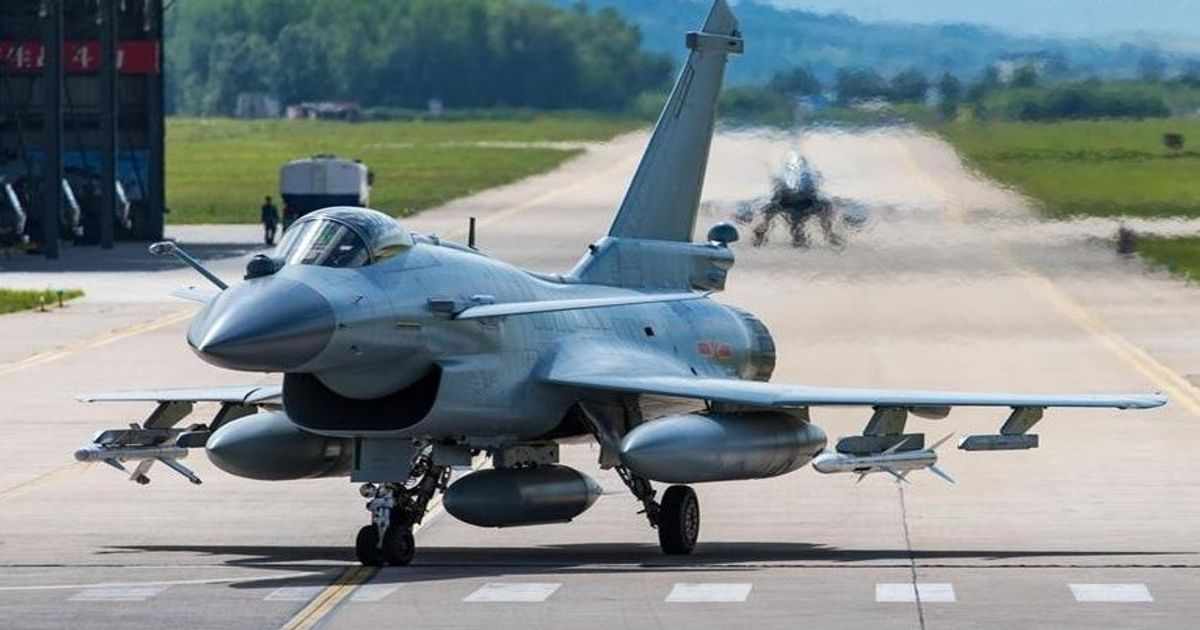

In a recent interview with Pakistani media, Air Commodore Khalid Farooq (Retd) provided an in-depth overview of the Pakistan Air Force’s (PAF) current aircraft inventory, advanced technologies, and strategic capabilities, asserting a technological advantage over India’s air forces, particularly in first-look, first-shot capabilities. His remarks highlighted the PAF’s modern fighter jets, including the Chinese-made J-10C and the indigenously co-developed JF-17 Thunder Block III, positioning them as superior to India’s recently acquired Rafale jets.
Air Commodore Farooq revealed that the PAF currently operates approximately 400 aircraft, with a significant portion being combat-capable fighter jets. This figure aligns with estimates suggesting the PAF maintains around 418 jets, ranking it sixth globally in combat aircraft numbers, according to posts on X. In contrast, he noted that the Indian Air Force (IAF) possesses around 1,150 aircraft, nearly three times the PAF’s strength, a numerical disparity consistent since the 1965 and 1971 wars. “India has always had more numbers than us… We can never match the numbers, nor do we want to. We match them with passion, better training, and superior technology,” Farooq emphasized.
Continue readingSOURCE: AFI
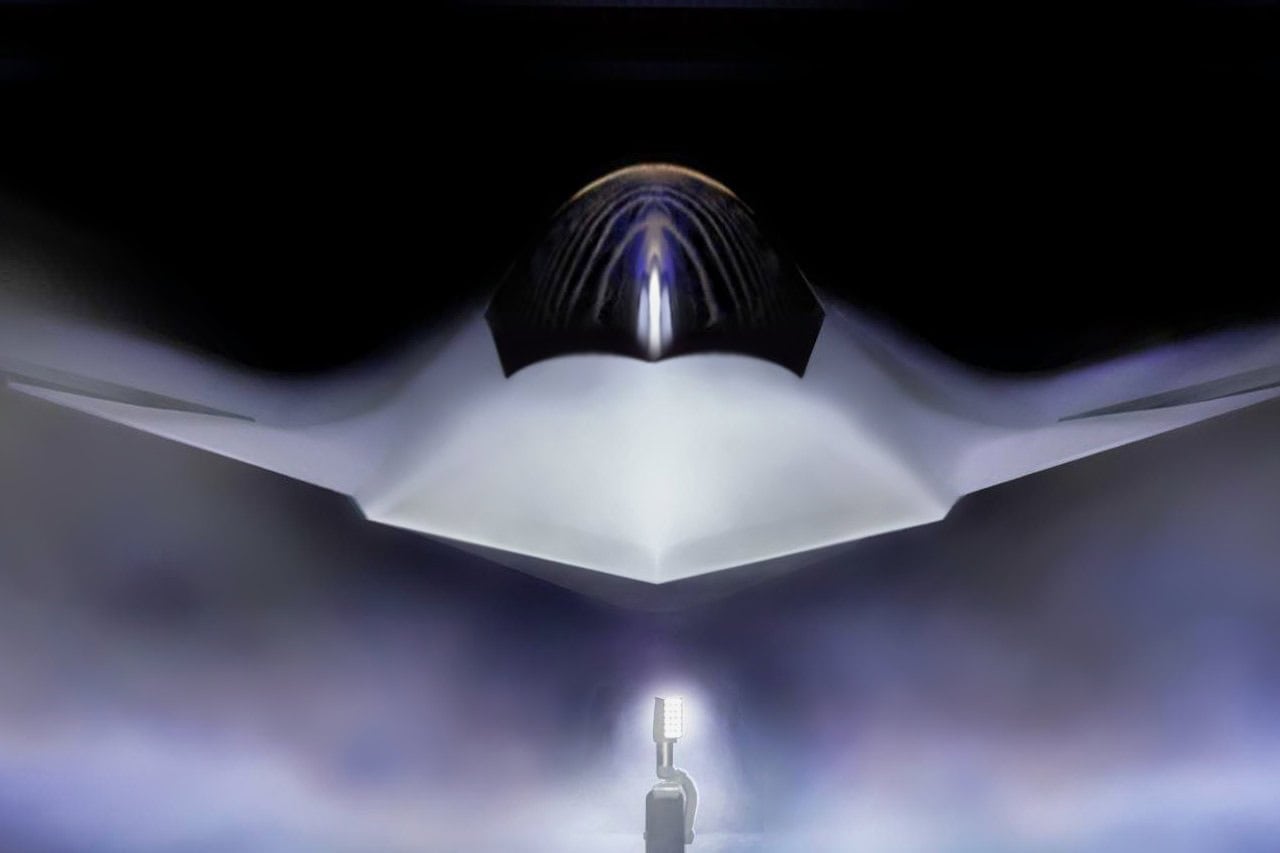

In March 2025, the United States Air Force unveiled the Boeing F-47, the world’s first sixth-generation fighter jet, under the Next Generation Air Dominance (NGAD) program. Shrouded in secrecy for years, the F-47 promises to redefine air superiority with cutting-edge technology, advanced stealth, and collaborative drone operations. However, the announcement came on the heels of a surprising development in December 2024, when China showcased two sixth-generation aircraft prototypes, the Chengdu J-36 and Shenyang J-50, sparking global speculation and intensifying the U.S. response. This is the story of the F-47, a jet designed to counter Chinese advancements, secure Boeing’s future, and maintain American dominance in the skies.
While specific details about the F-47 remain classified, a 3D render released by the U.S. Air Force offers tantalizing clues. The jet appears to feature a tailless design with canards, reminiscent of the McDonnell Douglas X-36, a late-1990s experimental aircraft acquired by Boeing. The X-36, a scaled-down, unmanned prototype, tested technologies to reduce radar cross-section (RCS) by eliminating vertical stabilizers, enhancing stealth, maneuverability, and range while cutting weight. Its 31 successful flights provided critical data, and the F-47 likely builds on this legacy, adopting a tailless configuration similar to China’s J-36 and J-50 prototypes, which also prioritize stealth.
Continue readingSOURCE: AFI
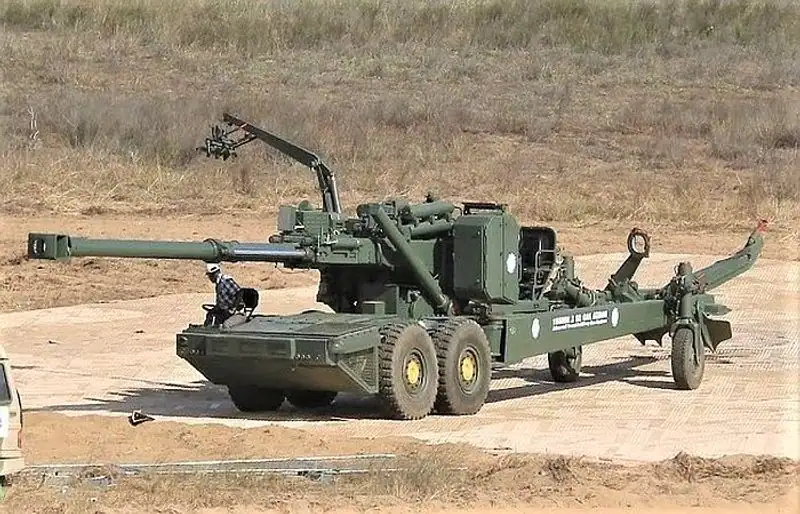

India has solidified its position as Armenia’s leading arms supplier, accounting for 43% of the country’s total weapons and ammunition imports between 2022 and 2024, according to a recent report by the Stockholm International Peace Research Institute (SIPRI). This marks a dramatic shift from 2016–2018, when India’s contribution to Armenia’s arms imports was nearly zero. With contracts totaling USD 600 million, India has surpassed Russia, Armenia’s traditional supplier, highlighting New Delhi’s growing influence in the South Caucasus and its strategic push to capture markets vacated by Moscow amid the Ukraine conflict.
Armenia’s reliance on India for 43% of its arms imports reflects a deliberate diversification strategy, driven by dissatisfaction with Russia’s reliability as a supplier. Between 2020 and 2024, Russia’s global arms exports plummeted by 64%, with deliveries to Armenia hampered by Moscow’s focus on its war in Ukraine and trade sanctions limiting production capacity. Armenian Prime Minister Nikol Pashinyan has publicly criticized Russia for failing to honor arms contracts signed in recent years, prompting Yerevan to seek alternatives.
Continue readingSOURCE: AFI


A series of provocative posts and videos from the X handle @SophiaNaga, claiming to represent a Naga nationalist, have stirred controversy by alleging Indian security forces’ brutality in response to burning the Indian flag in Nagaland. The account’s narrative, amplified by coordinated posts from other handles, paints a grim picture of oppression, with Sophia Naga claiming, “They came at night, broke my home, kidnapped my husband… tortured my mother,” for her act of defiance.
However, a detailed investigation by D-Intent Data, a digital intelligence firm, labels the campaign as propaganda likely backed by Pakistan’s Inter-Services Intelligence (ISI), pointing to inconsistencies like a Filipino accent, a suspicious tattoo, and orchestrated social media activity. This article examines the claims, their debunking, and the broader implications for India’s Northeast.
Continue readingSOURCE: AFI


The 39 Gorkha Training Centre (GTC) in Varanasi, under the aegis of Surya Command, conducted a pioneering 3D Printing and First-Person View (FPV) Drone Development Course, marking a significant step in integrating cutting-edge technology into military training. The course, highlighted in a recent post by @suryacommand on X, created an unparalleled learning environment through a fusion of technology and rigorous training, empowering soldiers with hands-on skills in emerging fields. Participants successfully built and operated a fully functional live FPV drone, honing critical expertise in drone assembly, programming, and real-time flight control.
The 39 Gorkha Training Centre, a historic institution established to train recruits for the 3rd and 9th Gorkha Rifles, has long been a cornerstone of military excellence in India. Known for transforming raw recruits from Nepal and India into disciplined soldiers over 42-week programs, the Centre has recently embraced modern technology to prepare soldiers for evolving battlefield challenges. Building on the establishment of a state-of-the-art 3D Printing Lab in February 2025, the 3D Printing and FPV Drone Development Course represents a forward-thinking approach to military training.
Continue readingSOURCE: RAUNAK KUNDE / NEWS BEAT / IDRW.ORG
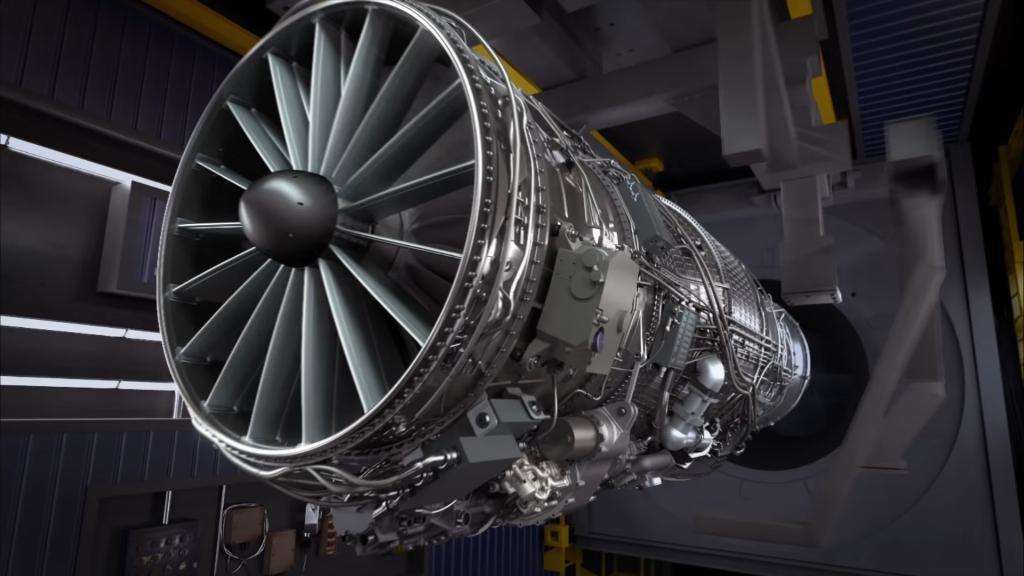

India is on the cusp of a landmark agreement in its aerospace ambitions, with the finalization of a deal for the development of a 6th generation jet engine for the Advanced Medium Combat Aircraft (AMCA) program expected by July 2025. According to sources cited by the Indian Defence Research Wing (idrw.org), negotiations with three global aerospace giants—General Electric (GE) from the United States, Safran from France, and Rolls-Royce from the United Kingdom—have concluded, paving the way for a transformative partnership.
The deal, closely monitored by the Prime Minister’s Office (PMO), encompasses a detailed roadmap for development, program costs, workshare, technology transfer (ToT), and intellectual property rights (IPR), signaling India’s determination to achieve self-reliance in advanced propulsion technology.
Continue reading